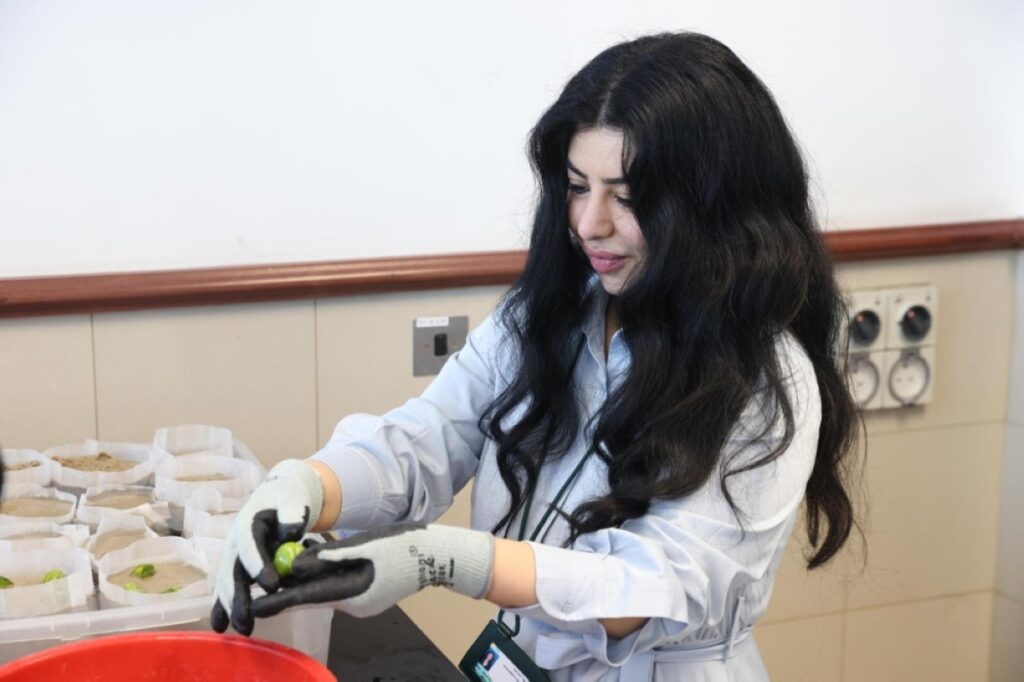KUWAIT: Acting Director General of the Environment Public Authority (EPA) Nouf Behbehani affirmed Tuesday the authority’s commitment to rehabilitating Kuwait’s coastal environment through mangrove cultivation as part of efforts to combat climate change and protect biodiversity. Behbehani said in a statement to KUNA that the EPA has successfully cultivated mangrove plants in its laboratories using nearly 5,000 seedlings and seeds donated by Munif Al-Shammari, head of the “We Plant and Protect” volunteer team, in cooperation with the Kingdom of Saudi Arabia.
She noted that the seedlings are being acclimatized in preparation for transplantation into their natural environment, as part of a broader project to restore coastal ecosystems in several areas across the country. She stressed that the initiative reflects the EPA’s commitment to supporting voluntary and community-based contributions to biodiversity protection and the sustainability of coastal ecosystems. Behbehani added that all seedlings will be planted in the Jahra Nature Reserve in stages over the coming period, with the participation of relevant authorities, volunteers, and the public, alongside awareness campaigns on the importance of afforestation and greening.

Photos show mangrove seedlings. – KUNA photos

For his part, donor Munif Al-Shammari said the initiative will help protect Kuwait’s coastal and terrestrial environment, restore ecological balance, and safeguard natural resources, thereby contributing to a greener and more sustainable future for generations to come. He underlined the multiple benefits of mangrove cultivation, including its role in combating climate change, protecting coasts from erosion, enriching biodiversity, and purifying water from pollutants. Al-Shammari noted that such initiatives represent practical steps toward addressing global environmental challenges by promoting sustainability, reducing pollution, improving quality of life, and protecting the planet from further deterioration. — KUNA

